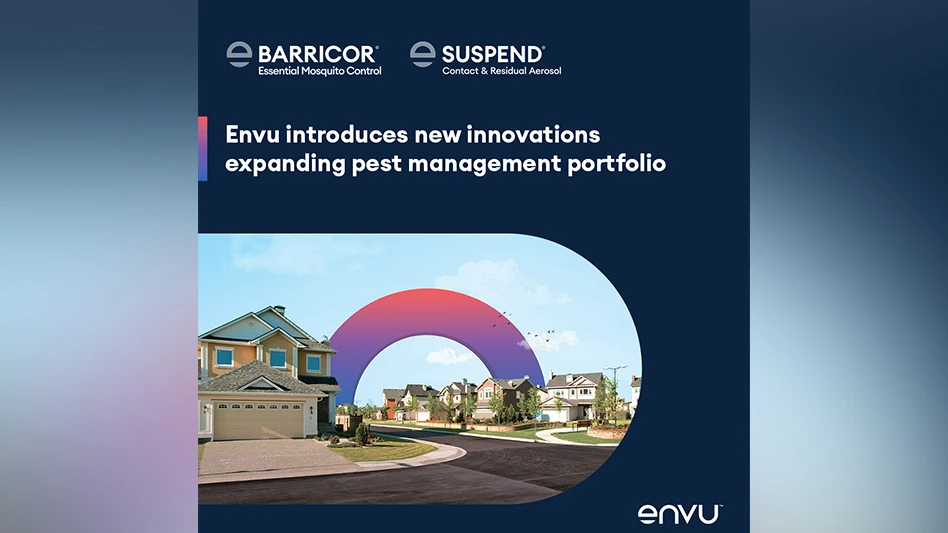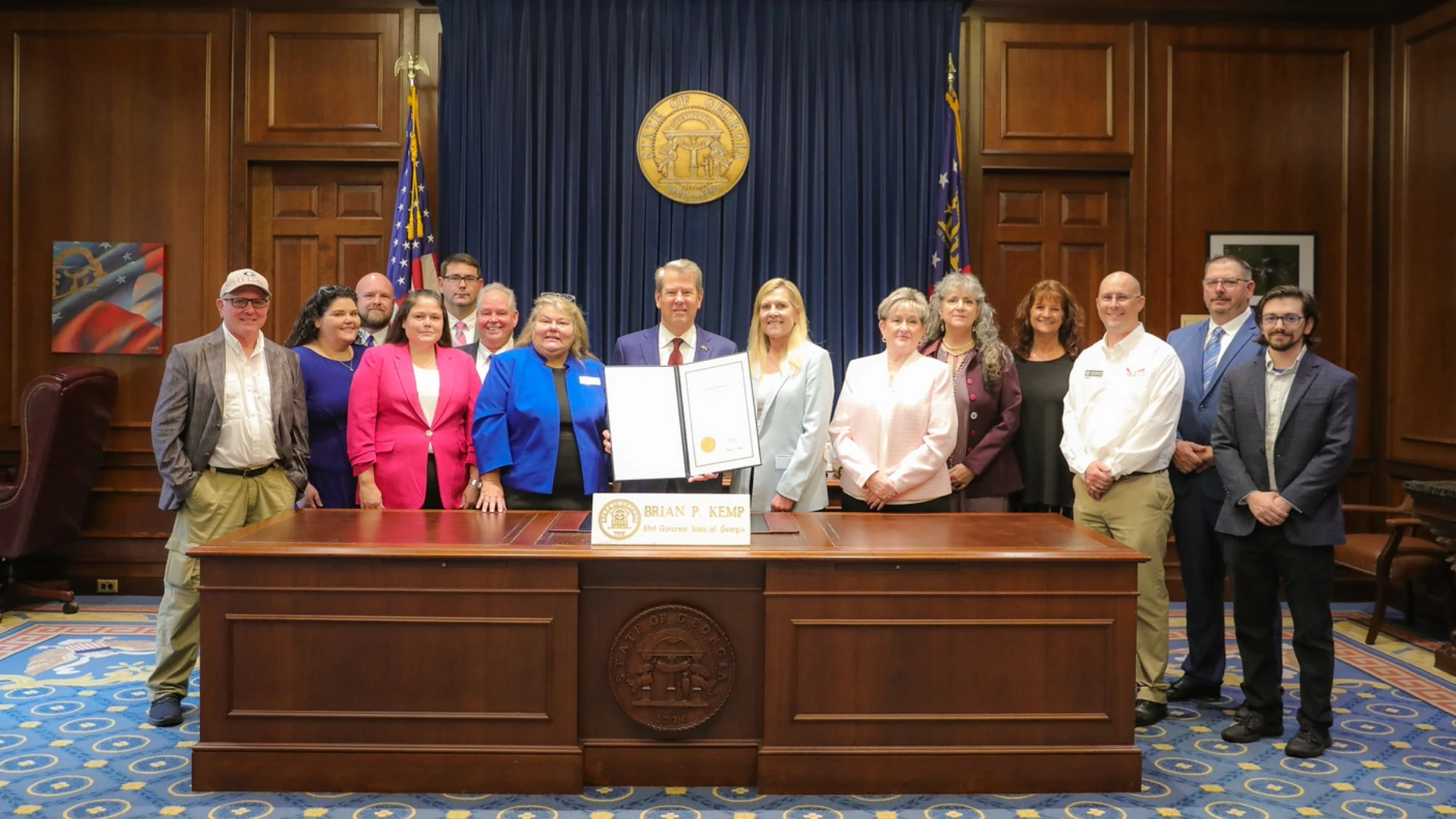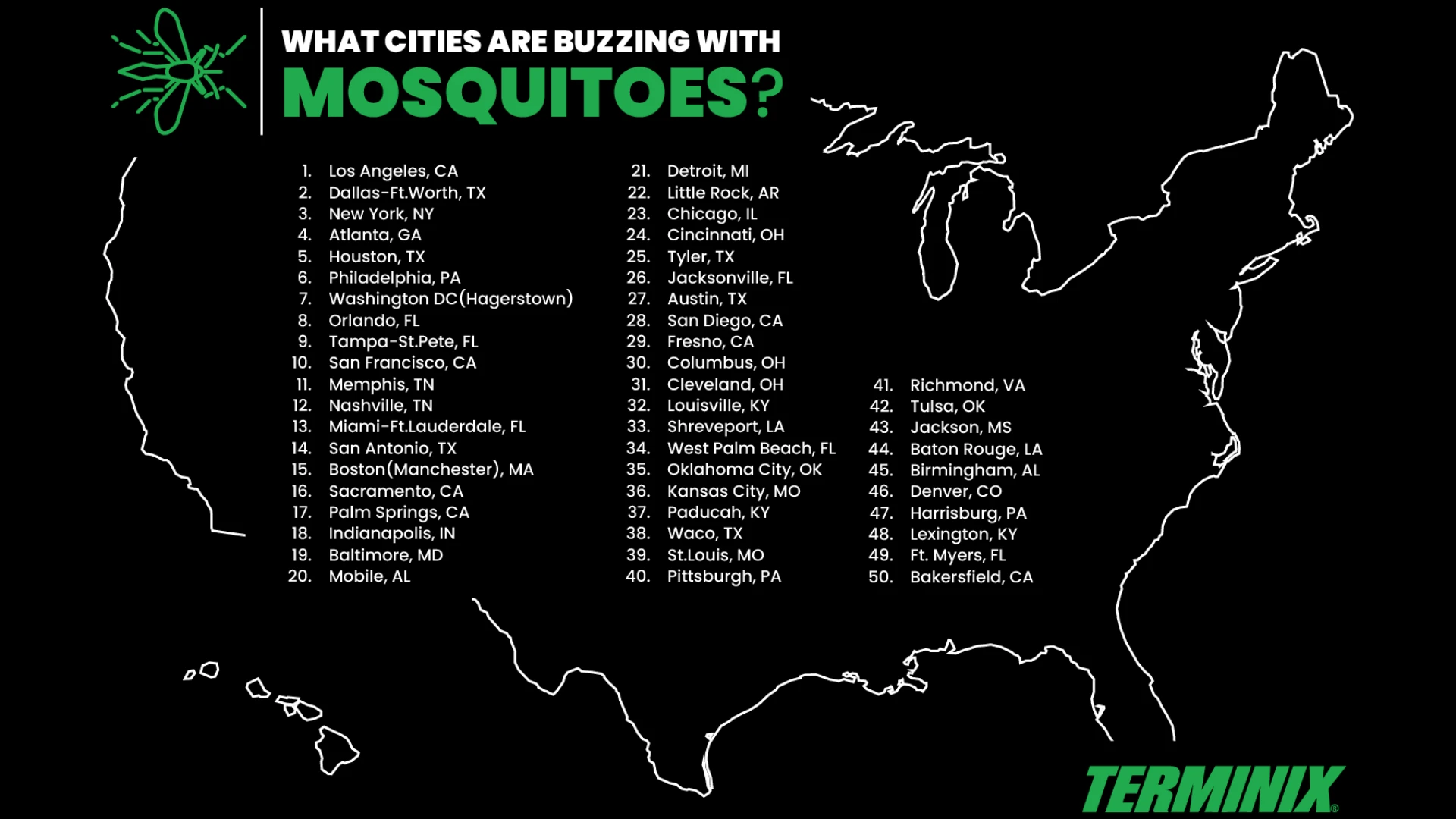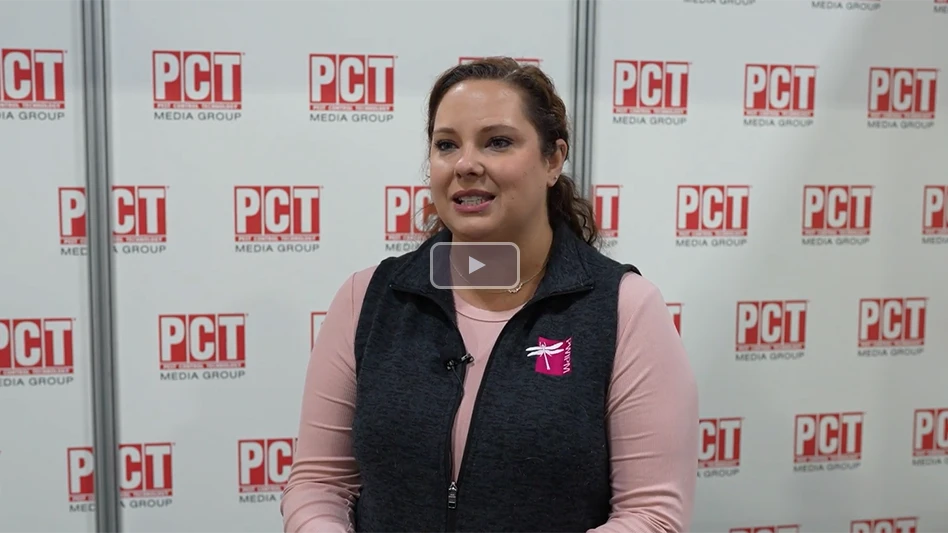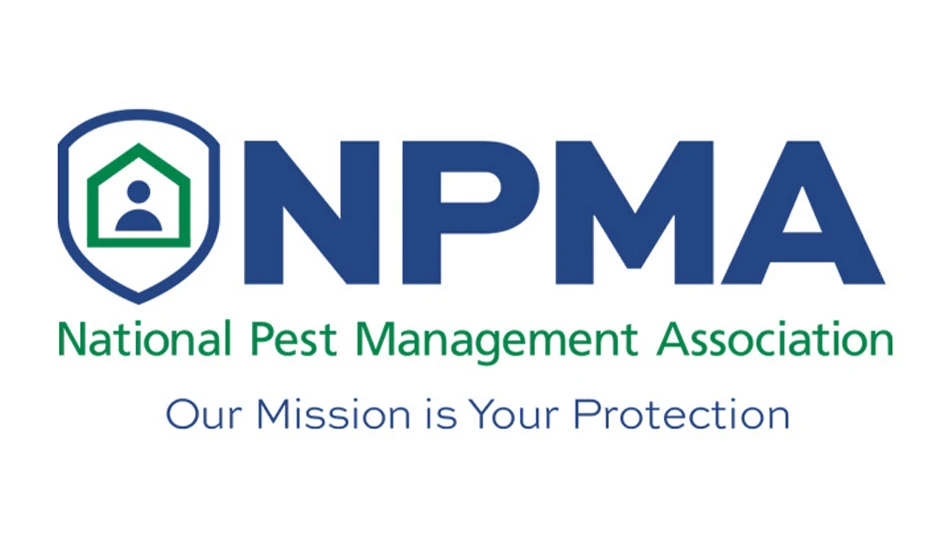
Amanda Joerndt
WEST LAFAYETTE, Ind. — The 89th annual Purdue Pest Management Conference brought pest management professionals (PMPs) together to continue furthering their education on a variety of pest-related topics, like spider control, cockroach species identification, using AI tools in pest management and cockroach identification tips.
PCT was in attendance and shared the following highlights:
Dini Miller, professor in urban pest management, Virginia Tech University, discussed several different cockroach species and highlighted important facts to remember when out in the field identifying cockroaches.
“We need to have an appreciation for these species and it’s important for all of us to be the experts,” she said. “We have cockroaches all over the planet, with the exception of Antarctica, but German cockroaches are now down there visiting the research stations in Antarctica.”
Miller said some facts about cockroaches to appreciate are that more than 4,500 species have been described worldwide; the oldest fossils are estimated to be 280 million years old; and the body shape has changed very little in millions of years.
Miller did a deep dive on several cockroach species and what PMPs should look for when out in the field for proper identification:
- American cockroaches are large in size and live outdoors but can invade; the origin is from tropical Africa; they’re associated with ships, steam tunnels and sewers; can fly but not very well.
- Smokybrown cockroaches live in sub-tropical, southern U.S. states; they can live outside in tree holes and landscaping, inside in attics and heated buildings; they are a brownish-black color.
- Australian cockroaches are originally from Southern Asia; they are the second most important pest in the South; they like to live in landscaping, greenhouses, mulch, flies poorly; they have difficulty surviving in cold temperatures.
- Florida woods cockroaches are located in the Caribbean area; they can breed outdoors but will often breed in landscaping and mulch around homes; they produce a noxious smell when distributed.
- Oriental cockroaches originated from North Africa; they prefer lower temperatures; they are mainly outdoors but like to find cool moist locations; adult males have short wings and females have only wing pads.
- Turkestan cockroaches are a relatively new invader from Asia; they were discovered in Los Angeles, Calif., in 2005; they live outdoors in moist areas under rocks or leaves; they will invade homes for water source.
- German cockroaches originated from Africa; they are the single most important household pests in the world; they do not fly, the females carry eggs case until they hatch typically; and they can be found in kitchen and bathroom areas due to strict moisture requirements.
Rose Pest Solutions’ Mark VanderWerp took a deep dive into different spider species and reminded PMPs that many customers suffer from arachnophobia, a developed fear of spiders, and that “knowledge is bravery and power” in overcoming fears.
VanderWerp said spiders are not hard to kill with the products PMPs have in their toolbelt.
“Insecticides kill insects, and I wouldn’t say the same thing about mites, but spiders do die from these products,” he said. “You have to think like a spider when making your applications. They will be located in cracks and crevices, corners and voids.”
VanderWerp said most clients have very low tolerance for spiders, so it’s important to communicate with your customers when treating these pests. He also stressed PMPs double check the language used in contracts to make sure terminology is correct, like not using the word poison, but instead, venom.
Some fun spider facts VanderWerp shared were: The world’s largest spider can reach 30 centimeters, while the smallest one is .37 millimeter; many spiders use mimicry to blend into their surroundings; daddy long legs are not the most poisonous spider.
Catherine Hill, head of Purdue’s Entomology Department, held an interactive presentation on transforming mosquito and tick-borne diseases with artificial intelligence (AI). Hill said approximately half of the world’s population is at risk for disease transmission, and that U.S. health agencies are pretty poorly prepared for tackling this issue.
“About 80 percent of vector control organizations in the U.S. lack critical prevention and control capacities,” she said.
Hill said the complex global climate changes can increase the risk of individuals who are exposed to vector-borne diseases. “Warming temps could expose more than 1.3 billion new people to Zika virus by 2050,” she said. “We’re going to see a geographical range shift in vector diseases. We’re seeing these diseases move into higher altitudes.”
She said advancements of drones and robots for surveillance of tick and mosquito hot spots, multi-modal sensors, field studies and applications are capable of detecting ticks in complex environments can help identify vector-borne diseases at much faster speeds.
The One Health initiative, which was the theme of last year’s conference, is still on the forefront of connecting human, animal and environmental health, for advanced identification of vector-borne diseases in ticks and mosquitoes.
“It’s a very important concept in medical entomology because if you think about vector-borne diseases, they very much fit the One Health scheme and it’s all about the synergy that happens at human animal and environmental health,” she said.
Hill said these technological advancements still have a long way to go before they’re used in everyday pest management, but she is hopeful to see technologies — like the robot dog she brought out on stage during her presentation — used in the field in the coming years.
Get curated news on YOUR industry.
Enter your email to receive our newsletters.Latest from Pest Control Technology
- Photo Slideshow: Ant Identification Tips
- Video: Top 10 PCT Photo Contest Finalists
- UF/IFAS Study Reveals Boats as Perfect Vessels for Global Termite Spread
- Pest Control Consultants (Iowa) Earns Pinnacle Performance Award
- Syngenta's Chris Keefer Reviews Ant Control, Products in Latest Ant Market Report
- PCT/BASF Launch 2025 Technician of the Year Awards Program
- Target Specialty Products, MGK Partner for Mosquito Webinar
- Cockroach Control and Asthma

